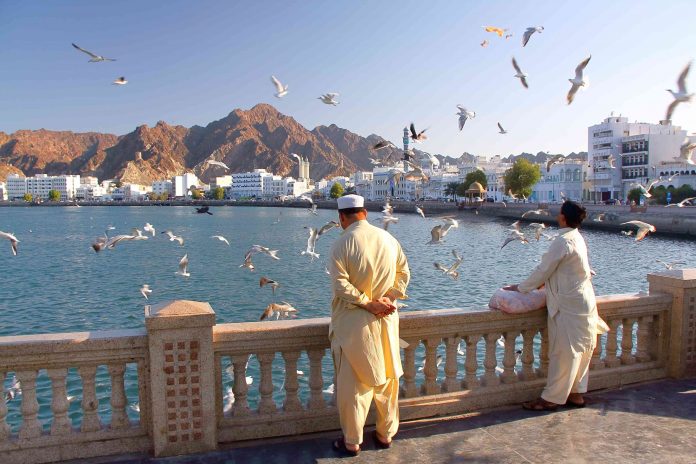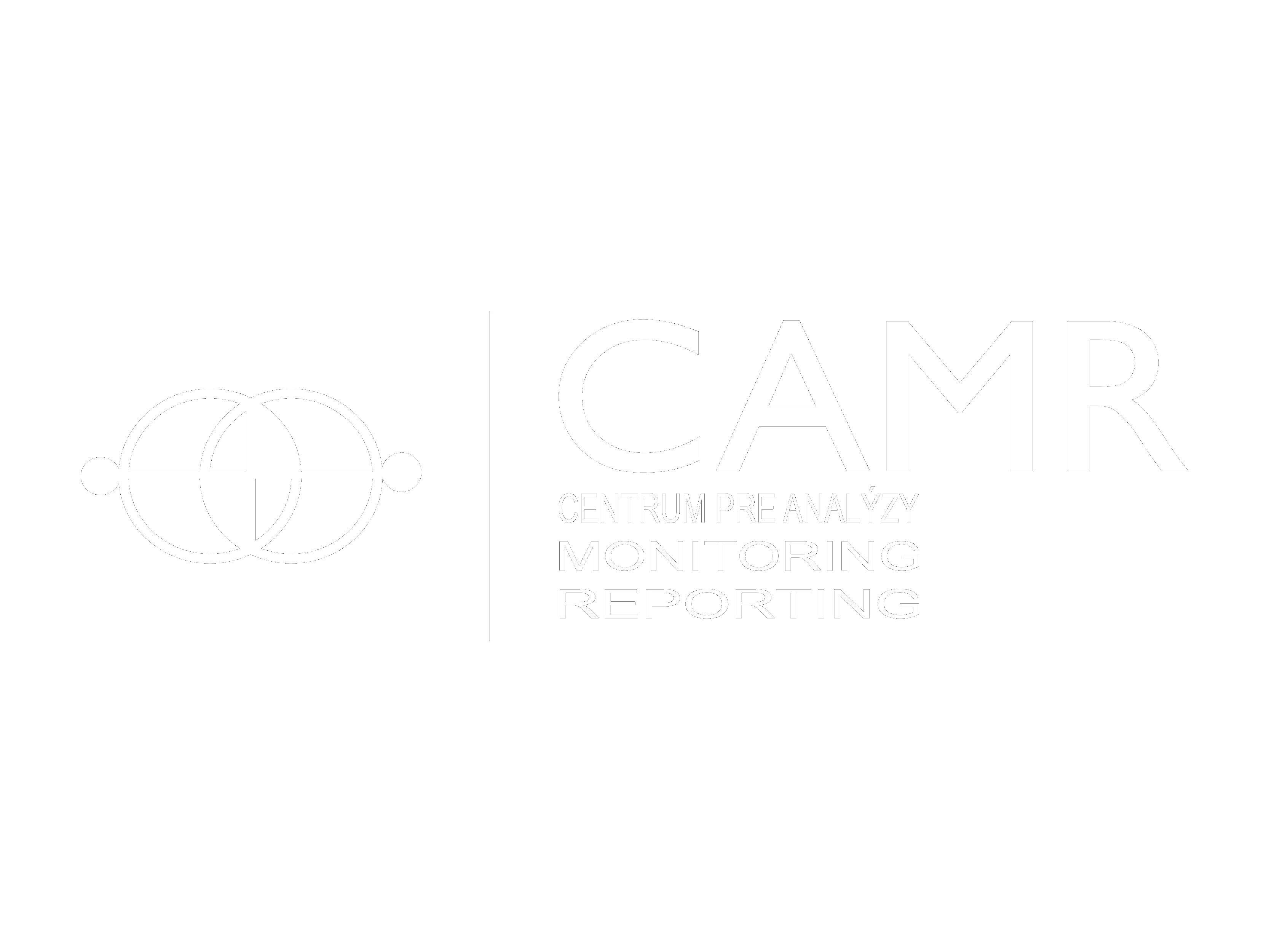Located in one of the most challenging regions of the world, the Sultanate of Oman, unlike its neighbors, has in the last decades held a reputation of peace and stability. The country has over the years been praised by the international community as the Gulf’s mediator.
Whilst modern-day Oman is metaphorically perceived as the new Switzerland of the Middle East, it has not always upheld this status. Prior to the coup d’état of 1970, Muscat was known for its isolationist foreign policy and severe underdevelopment (Lefebvre 2010, 99). It is only in 1970 when Qaboos bin Said overthrew his father, former Sultan Said bin Taimur, that the nation modernized into an active regional power.
After deposing his father with the help of British forces, Sultan Qaboos began exploiting Oman’s resources and implementing a series of social, cultural and educational reforms (Lefebvre 2010, 99). Driving away from his predecessor’s isolationist policies, Qaboos sought to pursue a new active role in the Middle East by building diplomatic relations with its neighbors and other great world powers. For Kechichian, this strategy sought to mitigate Oman’s long dependency on Britain, legitimize its independence and reinforce its overall internal unity following the political unrest of the Dhofar War (1995, para. 7).
Over his fifty years of reign as the longest-serving ruler in the Middle East, Qaboos has transformed the face of Oman from an isolated backward state into a regional outlier reflecting peace, neutrality and open-mindedness. As part of this renaissance, Qaboos devoted much of the country’s modernizing efforts towards implementing a unique foreign policy in order to safeguard its strategic interest. A foreign policy characterized by its independence, pragmatism and moderation (Lefebvre 2010, 99). Situated in a polarized region between Saudi Arabia, Yemen and the United Arab Emirates (UAE), Oman has been caught in the region’s rivalries and conflicts in an untenable position.
Seeking shelter and prosperity as a small state in the Middle East, Muscat has, over the past five decades, adapted its foreign policy to its survival instinct. According to Lefebvre, small states must follow three rules in order to survive in world politics: acquiring a protector, avoiding alienating its protector and avoiding making enemies (2010, 99). Under these rules, the Sultanate has throughout contemporary history pursued a delicate balancing game between its rivals in the Gulf as a way to secure its autonomy and maintain independence (Echagüe 2015, 1).
One of the many arenas that reflects Muscat’s regional balancing act is the Iran-Saudi Arabia proxy conflict. Despite growing hostilities and an opposing stance from the rest of the region, Oman has since the 1970s maintained a strong strategic relationship with Iran. From Iran’s military aid in the Dhofar rebellion to Oman’s long-standing support following the 1979 Iranian Islamic Revolution, Muscat has continued maintaining a good diplomatic alliance with its gulf neighbor.
Opposing its Gulf Cooperation Council (GCC) partner states and warning against an anti-Iranian coalition, Oman has continued privileging its neutrality in the proxy conflict by valorizing regional unity over self-interest (Castelier 2020). Since the start of the Yemeni Civil War, Oman has, over the seven years of conflict, continued relentlessly its mediation efforts. Just weeks ago, Omani delegations met in the city of Sanaa to discuss a ceasefire with Houthi fighters (Al-Monitor 2021, para. 8). For Griffiths, the United Nations special envoy for Yemen, Muscat’s negotiating efforts will be key to turn the tide in Yemen (Al-Monitor 2021, para. 6).
If its independent stance and mediation continues to play a constructive role in direct talks in the region’s proxy conflict, its position has in the past year been put on the line. Since the death of Sultan Qaboos in 2020, the COVID-19 pandemic and a slump in oil prices, Muscat has been faced with a deteriorating economic crisis (Kerr 2020, para. 2). If for the past decades, Oman has had the luxury to conduct its non-alignment foreign policy, this fiscal burden puts a strain on its ability to maintain neutrality. With a deficit forecast sought to drop down 20% of its gross domestic product, the Sultanate has since borrowed a sum of $2bn from global banks (Kerr 2020, para. 12). With rising debts, Oman is put in a tenuous situation of attempting to maintain neutrality or get a tempting economic exit from its Sunni Gulf neighbors like Saudi Arabia and the UAE. A decision that would force Muscat to take sides in the region’s conflict and thus, bring its mediation role to an end.
Like many of its neighbors in the region, Oman is heavily dependent on its oil and gas revenues, a consequence of its recent economic slump. In attempts to sustain its neutral foreign policy and its predecessor’s legacy, Oman’s new ruler, Sultan Haitham, has been focusing firmly on diversifying the country’s economy to reduce its financial vulnerability and end its dependency on oil revenues. This is part of the country’s new Oman Vision 2040, a strategic plan that seeks to overcome the country’s growing challenges by focusing on three key pillars: “people and society, economy and development, governance and institutional performance” (Omanuna n. d., para. 2).
Despite continuous efforts to adapt to the region’s challenges and maintain its unique foreign policy, the political pressure in the Middle East continues to heighten, putting further risk at Qaboos fragile legacy. Between its economic vulnerability and the discontentment of Saudi Arabia and other GCC partners regarding its bilateral friendship with Iran and its neutrality in the Yemeni proxy conflict, Oman’s independence and domestic stability are severely endangered. In a region marked by decades of conflict, it is crucial for the Sultanate’s neighbors and other great powers to recognize its peace-building efforts and protect it from external pressure before the international system loses its best mediator in the Middle East.
Author: Louise Croué
References
Photo Source: Kawa News. (2019). (https://kawa-news.com/en/discover-muscat-oman-an-architectural-jewel-on-the-waterfront/).
Al-Monitor. (2021). Can Oman help mediate peace in Yemen? Al-Monitor. 23. 06. 2021. (https://www.al-monitor.com/originals/2021/06/can-oman-help-mediate-peace-yemen).
Castelier, Sebastian. (2020). Oman weighs costs of bailout from Gulf neighbors. Al-Monitor. 25. 06. 2020.( https://www.al-monitor.com/originals/2020/06/oman-bailout-public-finances-cost-regional-role-gcc.html).
Echagüe, Ana. (2015). Oman: the outlier. Fride, Norwegian Ministiry of Foreign Affairs & Hivos People unlimited. (210): 1-5. (https://www.files.ethz.ch/isn/194835/PB210_Oman_the_outlier.pdf).
Kechician, Joseph. (1995). A Unique Foreign Policy Produces a Key Player in the Middle Eastern and Global Diplomacy. Rand Corporation. (https://www.rand.org/pubs/research_briefs/RB2501.html).
Kerr, Simeon. (2020). Switzerland of the Middle East: Economic crisis threatens Oman’s neutrality. Financial Times. 19. 10. 2020. (https://www.ft.com/content/2fac87cf-3ed4-4d3e-9ee9-280734d323f9).
Lefebvre, Jeffrey. (2010). Oman’s Foreign Policy in the Twenty-First Century. Middle East Policy Council 17(1): 99-114. (https://mepc.org/journal/omans-foreign-policy-twenty-first-century).
Mohseni-Cheraghlou, Amin. (2020). Linking the past to the future: Economic diversification and tourism in Oman. Middle East Institute. 23. 07. 2020. (https://www.mei.edu/publications/linking-past-future-economic-diversification-and-tourism-oman).
Omanuna. (n. d.). Oman Vision 2040. Omanuna. (https://omanuna.oman.om/en/home-top-level/eparticipation/oman-vision-2040).



















